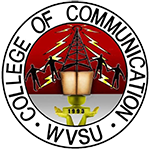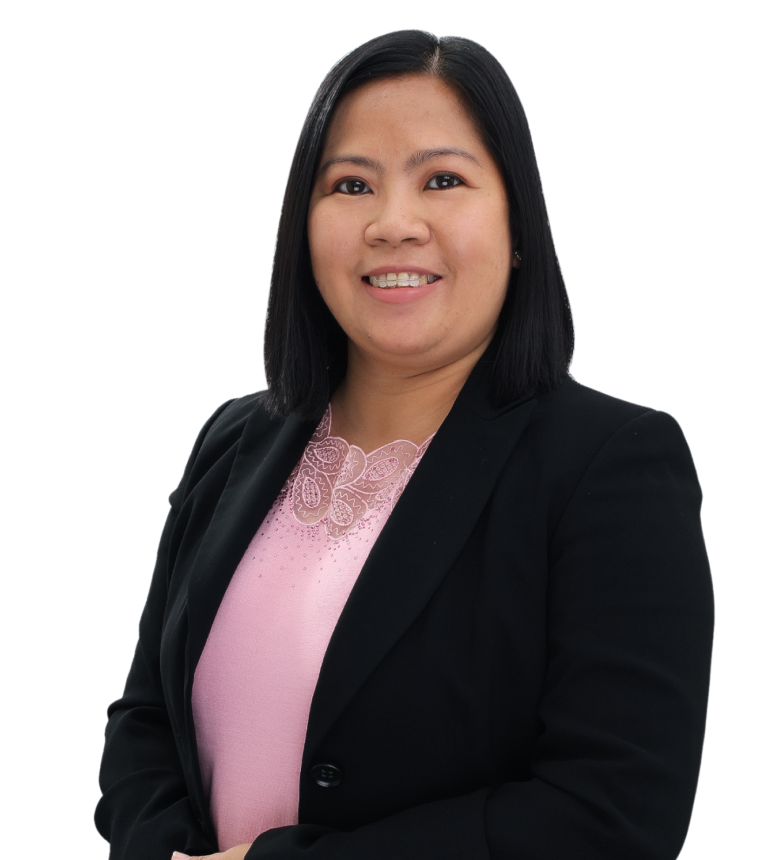- (063) (033) 320-0870 to 77
- [email protected]

COLLEGE OF COMMUNICATION
The College of Communication of the West Visayas State University started as the Division of Mass Communications of the School of Arts & Sciences in June 1980 when the University was still the West Visayas State College. It was in the same month and year when the AB in Mass Communications program was first offered to an initial batch of 21 freshmen. The WVSC Board of Trustees, thru the recommendation of the Academic Council formally approved the Mass Communication program as per BOR Resolution No. 9, series of 1981. The University’s Mass Communications program graduated its first batch of students in 1984 under the School of Arts and Sciences.
STORY ABOUT US
When West Visayas College was converted into West Visayas State University in January 1986, as per Presidential Decree 2019, the Division of Mass Communications came to be known as the Department of Mass Communications as the School of Arts and Sciences had become the College of Arts and Sciences.
Before 1991, attempts were made to put up an on-campus radio station to enhance the classroom theories learned by the students. These, however, failed because of budgetary constraints. But everything has its own right time. In 1991, the Mass Communications Center was put up at the left wing of the University’s Cultural Center.
On December 5, 1991, a proposal for the granting of audio-video and editing equipment was submitted to the Japanese Information and Cultural Center. Before the year ended, the Japanese Embassy surveyed the Mass Communication Center and the Cultural Center and on March 11, 1993, the Exchange of Notes was signed between the Japanese and the Philippine Governments. On April 16, 1993, the contract with Sumitomo Corporation for the supply of the audio-video equipment; and on May 6, 1993, of the same year, the banking arrangement with the Bank of Tokyo Limited was made. The equipment finally arrived in Manila in December 1993. On January 21, 1994, the Government of Japan formally turned over the equipment worth 38 million Yen to West Visayas State University during the dedication rites at the Cultural Center. The Mass Communication Center, the service unit of the College of Mass Communications, serves not only the Mass Communication students but also the whole University and the communities in the whole Western Visayas. The Center with a large lobby regularly used for social functions and educational and cultural exhibitions, houses a small screening hall, an on-campus radio station, a recording room, a library, a research and extension office, and a faculty lounge. In 1990, with the main aim of allowing the students to explore a wide range of choices for their field of specialization, a B.S. in Mass Communications program with majors in Broadcasting, Journalism, and Development Communication was drafted and reviewed by the Academic Council for official recommendation to the Board of Regents. The new curriculum was approved by the Board of Regents as per Resolution No. 55, series of 1991 during its meeting on April 8, 1991. The new curriculum was further approved by the Bureau of Higher Education of the Department of Education Culture and Sports on May 20, 1991. The last batch of Mass Communication graduates under the old curriculum graduated in March 1994, and the first batch of the new curricular program received their diplomas in March 1995. The Department of Mass Communications was converted to the Institute of Mass Communications in October 1993 through Board of Regents Resolution No. 105. Later, it was converted to the College of Mass Communications through Board of Regents Resolution No. 26 in 2000.
In 1999, the Mass Communications curriculum was reviewed and the proposals to offer Bachelor in Broadcasting, Bachelor in Journalism, and Bachelor of Science in Development Communication were prepared and approved by the Board of Regents through Resolution No. 94 series of 2002. In SY 2003-2004, the new Mass Communications curricular programs were offered. The last batch of the old Mass Communications curricular program graduated in March 2006.
The Institute of Mass Communications submitted itself for accreditation by the AACCUP and was awarded Candidate Status from April 15, 1999-April 14, 2001. While still in its Candidate status, the Institute became the College of Mass Communications in June 2000, and all its course program offerings earned Level I accredited status effective April 15, 2001-April 14, 2004. After Level I, the College earned its Level II re-accredited status effective April 15, 2004-April 14, 2008.
During the first semester of SY 2004-2005, the proposed graduate program in Mass Communications was reviewed by the University Curriculum Committee and was endorsed by the Administrative Council to the Board of Regents. The Academic Council also endorsed the said program to the Board of Regents through Resolution No. 6, series of 2005. And so in the first semester of SY 2005-2006, the Master in Mass Communication was offered in the CMC Graduate School.
From Level II, the College applied for Level III and on September 16, 2010, was awarded by the AACCUP its Level III re-accredited status.
To keep pace with globalization and to comply with the AACCUP’s recommendation to put the Development Communication program in place, the College of Mass Communications was converted to the College of Communication on April 9, 2013, by virtue of BOR Resolution 14-A, series of 2013.
The Faculty who provided leadership and brought the College to where it is now are the following:
Dr. Maria Celia R. Palma, dean, School/College of Arts and Sciences where the course program Bachelor of Arts in Mass Communications was first offered (1980-October 1988);
Dr. Alberto J. Trinidad, dean, College of Arts & Sciences (November 1988-May1994), during whose time the left wing of the Cultural Center Complex became the Mass Communications Center and Joel de Castro was named Chairman of the Center;
Dr. Delia P. Divinagracia, director, Institute of Mass Communications (June 1994-November 1995);
Dr. Luis A. Abioda, director, Institute of Mass Communications (December 1995-February 1999);
Dr. Yolanda B. Janay, director, Institute of Mass Communications (March 1999-May 2000), who became the first dean when the Institute became the College of Mass Communications (June 2000-May 2001);
Dr. Lorna B. Evidente, OIC-dean, College of Mass Communications (June 2001-September 2001);
Prof. O.B. Danocup, OIC-dean, College of Mass Communications (October 2001-March 2002);
Dr. Francisca T. Borja, dean, College of Mass Communications (April 2002 – November 2004);
Dr. Evelyn D. Tomambo, dean, College of Mass Communications (December 2004-November 2007);
Prof. Ricky G. Abaleña III, OIC-dean, College of Mass Communications (December 2007-March 13, 2008) and dean, College of Mass Communications (March 14, 2008-October 23, 2011);
Prof. Carmencita Y. Robles, dean, College of Mass Communications (October 24, 2011 – January 2019), under whose term the College of Mass Communications became the College of Communication in April 2013;
Dr. Ricky G. Abaleňa III, OIC-dean, College of Communication (January 2019 – February 15, 2020); and
Dr. Ian C. Espada, dean, College of Communication (February 15, 2020 – January 15, 2024).
Select Program
- Bachelor of Arts in Broadcasting
- Bachelor of Arts in Journalism
- Bachelor of Science in Development Communication
Master in Development Communication
Admission Requirements for Incoming 1st Year Applicants:
- Result of the WVSUCAT/ WVSU Admission Examination
- Authenticated Machine copy of Senior High School report card
- Two (2) 2×2 identical ID pictures (with complete name at the back of the pictures)
- Certificate of Good Moral Character
- Photocopy of Authenticated Birth Certificate
- Certificate of Confirmation from NCIP (For members of Indigenous People’s Group/ Community)
- PWD I.D. (For PWD)
Qualifications for Incoming 1st Year Applicants:
- Must be a graduate of Senior High School in schools duly recognized by the Department of Education
- No final grade lower than 80 in all subjects
- Has passed the WVSU College Admission Test (CAT) or WVSU Admission Examination (WVSU AE)
- Has passed the panel interview and performance tests conducted by the College Admission Committee
- Has passed the physical examination and submitted a Medical Certificate duly accomplished by the University Physician (This examination is scheduled after the personal interview and before enrolment.)
